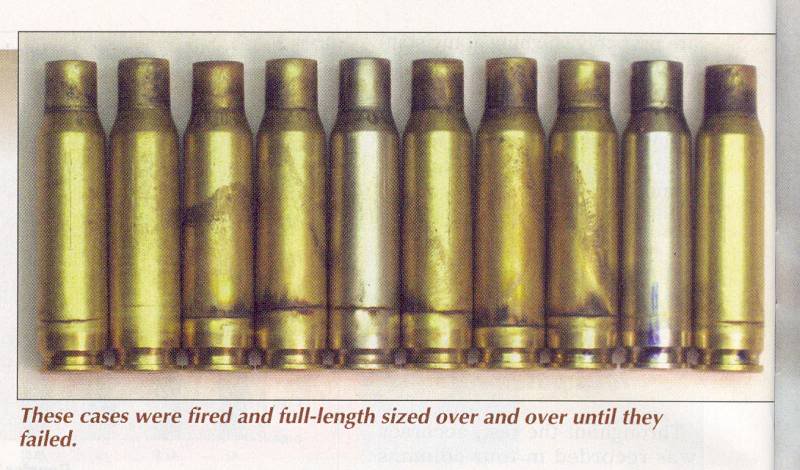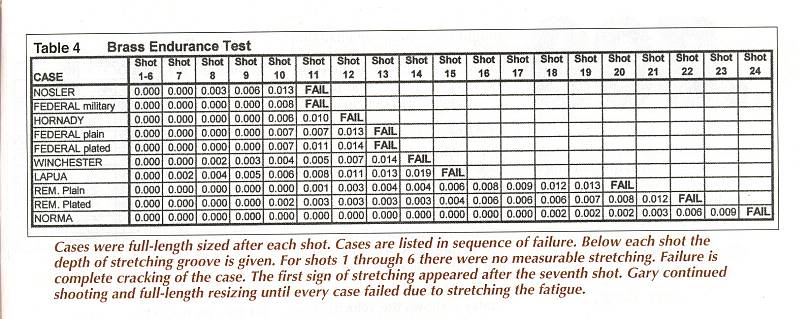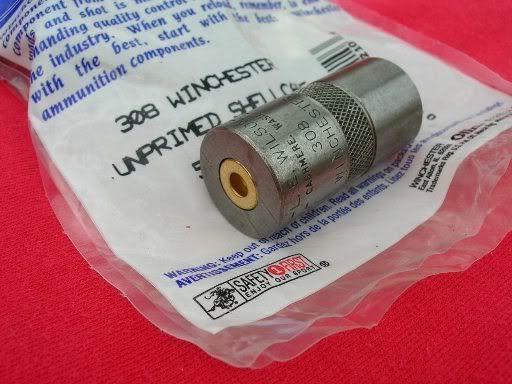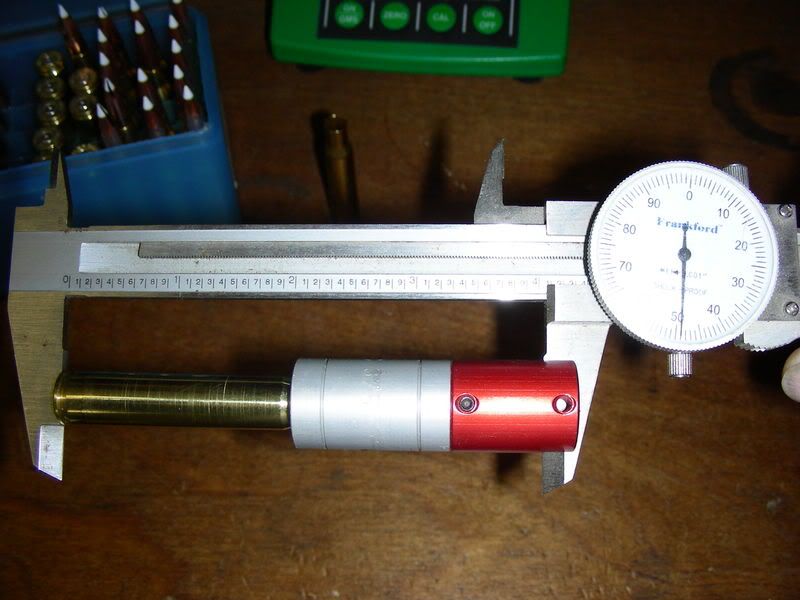I was at the range today shooting some .308 out of my R700 (SPS Stainless with no modifications). On the ninth round I noticed the bolt was a bit more difficult to open than the other rounds. It didn't take long to determine the cause - the case had split on one side. It's FGMM brass (not plated), Nosler Custom Competition 168s (#53164), 43.4 grains of Viht. N140, Remington 9-1/2 primers, 2.810" COAL. This was the sixth time this brass was fired. It was full-length sized after the first and fifth firings and neck-sized the other times. Nosler lists the max. charge of N140 for that bullet as 44.5, so I wasn't too close to the limit. The other loads I've fired out of this brass were probably quite a bit milder than what I was shooting today. All the charges were weighed on an RCBS ChargeMaster; I'm pretty sure the case was not overcharged. I visually inspect each case 2-3 times after I've charged them and before I seat the bullets.
I bought the rifle used but in very good condition with hardly any signs of wear. I've fired 300-400 rounds through it without any problems, so I don't think there's anything wrong with the rifle (i.e., excessive headspace or something like that). It seems I used the brass one too many times (although six times doesn't seem excessive for a bolt gun). Is there anything else I did wrong?
Thanks in advance!
Jim







I bought the rifle used but in very good condition with hardly any signs of wear. I've fired 300-400 rounds through it without any problems, so I don't think there's anything wrong with the rifle (i.e., excessive headspace or something like that). It seems I used the brass one too many times (although six times doesn't seem excessive for a bolt gun). Is there anything else I did wrong?
Thanks in advance!
Jim
















